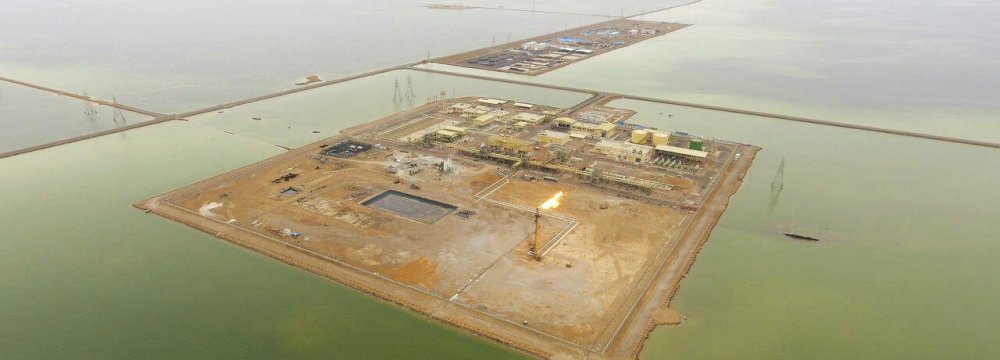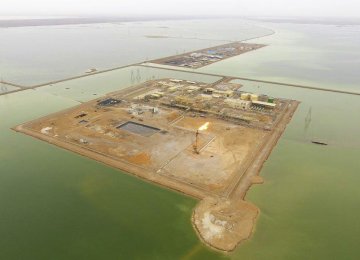Total, Petronas and Inpex Corporation have presented development plans for the South Azadegan Oilfield, leading the line of international energy majors wanting to return to Iran's oil and gas industry after the lifting of economic sanctions last year.
"France's Total, Japan's Inpex and Malaysia's Petronas have submitted their findings along with development proposals for the giant South Azadegan field," Noureddine Shahnazizadeh, chief executive officer of Iran's Petroleum Engineering and Development Company (PEDEC) said, Shana reported at the weekend.
PEDEC has signed eight non-disclosure agreements with foreign firms on conducting technical surveys on the South Azadegan field which contains an estimated 33 billion barrels of oil in place, of which 6 billion barrels are deemed recoverable. It is the largest oil reservoir discovered in Iran over three decades.
Shahnazizadeh named Royal Dutch Shell, Italian oil and gas firm Eni and CNPC, China's largest integrated energy company, as other contenders for the oilfield.
A total of 75 oil and gas field development proposals are expected to be presented to the state-owned NIOC, nearly two dozen of which have been submitted so far.
Iran has envisaged two major development phases for South Azadegan: production capacity is expected to reach 320,000 barrels a day in the first phase, while "target for the second phase is contingent on output levels in the first phase of development," the PEDEC chief noted.
South Azadegan is part of a string of oilfields in the West Karoun block in the southern oil-rich Khuzestan Province near the border with Iraq. The block includes North Azadegan, Yaran, Yadavaran and Darkhoveyn fields, holding an estimated 67 billion barrels of oil in place.
Production is currently about 80,000 barrels per day from South Azadegan. Plans are in place to double the volume by the end of the current fiscal year in March 2018.
According to official reports, the field's recovery rate is 6%, whereas average oil recovery factor worldwide is between 20% and 40%.
Tehran hopes the South Azadegan tender will pave the way for the presence of foreign oil companies in dozens more projects after economic sanctions imposed over Tehran's nuclear dispute in 2011 and 2012 forced most international firms to halt business with Iran.
Iran unveiled 50 oil and gas development projects along with the first details of its new oil contracts, known as Iran Petroleum Contract, in late 2015.
But efforts to bring back multinationals were thwarted by political opponents of President Hassan Rouhani and his administration who have strongly criticized the terms of the contracts.
Other factors complicating Iran's oil deals are Donald Trump's arrival in the White House and his hostile policies towards Tehran as well as Iran's presidential election last month in which incumbent President Rouhani was re-elected for a second and last term.
In a letter published this month outlining Iran's oil and gas production plans, Oil Minister Bijan Namdar Zanganeh said Tehran expects to sign 10 oil and gas deals based on the IPC framework in the near future.











Add new comment
Read our comment policy before posting your viewpoints